COASTAL
Detailed category

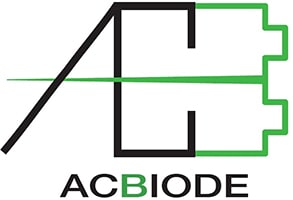
CircuLite: Upcycling biomass/sludge ash into absorbent/antibacterial materials
Disposing ash costs millions of $ and needs transportation to landfills. Recycling ash for cement/soils has low values

We upcycle biomass ash, sewer sludge ash into absorbent or antibacterial materials. Applications: masks, filters, soil improvement, wastewater treatment, cosmetics, capturing CO2, capturing oil from oil spills in the ocean, and more.

CircuLite from ash have three colors: white, gray, and black. These are in powder form.
Zeolite and activated carbon have the similar function as CircuLite; however, CircuLite is the only one recycled from ash, and captures harmful substances not only physically but also chemically by its ion exchange structure. Thus, adsorption capability is up to 100% higher. Our business model is to provide engineering to owners of power plants or sludge incinerators and to get loyalty fees for selling CircuLite. We have already successfully completed two plants in Japan and Asia, and have received a contract from Sahacogen, Thailand. New applications are to capture CO2, nuclear waste, oil from oil spills in the ocean, and more. We are looking for pilot tests, providing samples, and potential clients
Display the document


Large-scale alkaline water electrolyzer for hydrogen from renewable energy
We contribute to the decarbonization of society by promoting the use of green hydrogen produced from renewable energy.
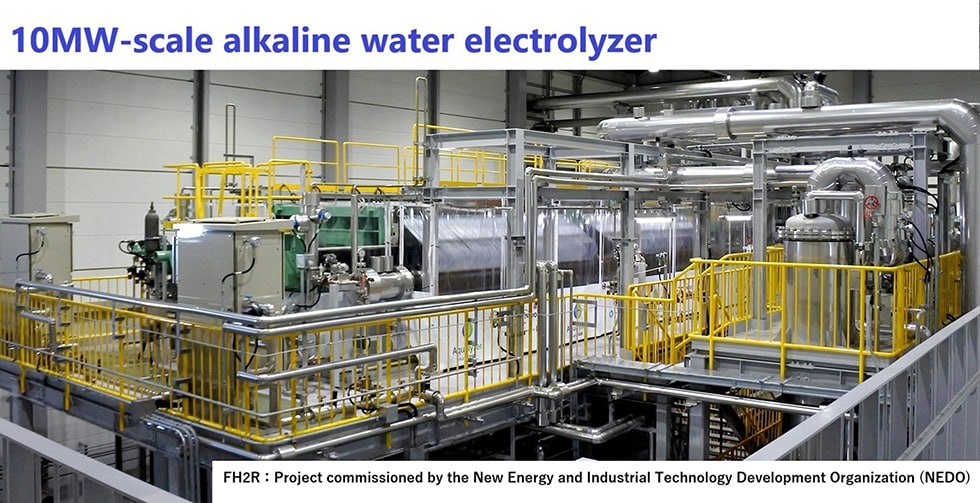
10MW-scale alkaline water electrolyzer
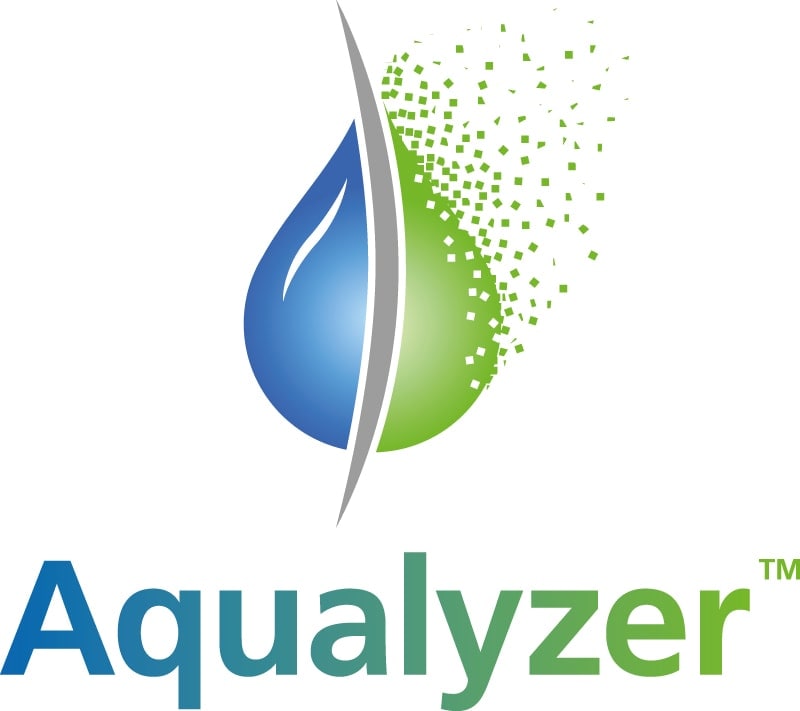
Hydrogen is a material that is widely used in power generation, industry, and transportation, and is expected to be a key material for decarbonization.
AsahiKasei's large-scale Alkaline Water Electrolysis System "Aqualyzer" makes it possible to produce green hydrogen from renewable energy.
We believe that this ""Power to Gas"" technology, which converts renewable energy into green hydrogen and uses it as a substitute for fossil fuels in a wide range of applications such as transportation and industry, will contribute to the realization of a decarbonized society.
Display the document

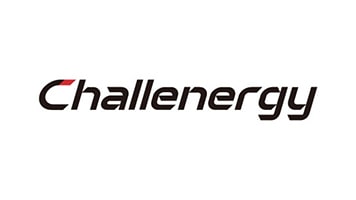
A wind turbine generator that can generate power even under typhoons and cyclones
It is expected to be a RE technology for regions that have not been suitable to install renewable energy so far!
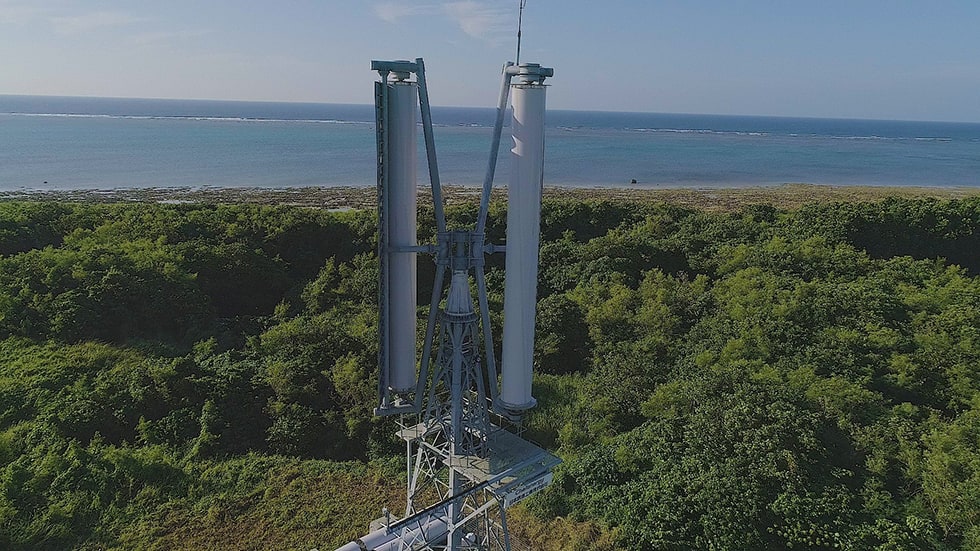

We are the world's first startup company to develop “Magnus Vertical Axis Wind Turbine (Magnus VAWT)". It is vertical axis type that can handle wind from all directions and utilizes "Magnus effect" generated by rotating a vertical cylinder instead of a propeller. Conventional propeller wind turbines stop operation at a wind speed of 25 m/sec, but Magnus VAWT can generate power up to 40 m/sec. The Magnus VAWT can cope with typhoons which are getting bigger due to climate changes and with the slower rotation speed of its rotating part, it can reduce environmental burdens such as noise and bird strikes.This technology is expected to be a renewable energy technology that can replace diesel generators, especially in island areas hit by typhoons and cyclones, and in mountainous areas.
Display the document

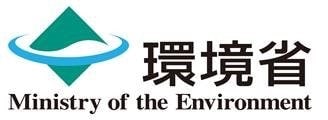
Fukushima, 10 years passed. Fukushima, to the next stage.
It has been 10 years since the Great East Japan Earthquake.
Here we will introduce the projects carried out in Fukushima prefecture for environmental restoration and becoming a leading area in achieving zero carbon emissions.
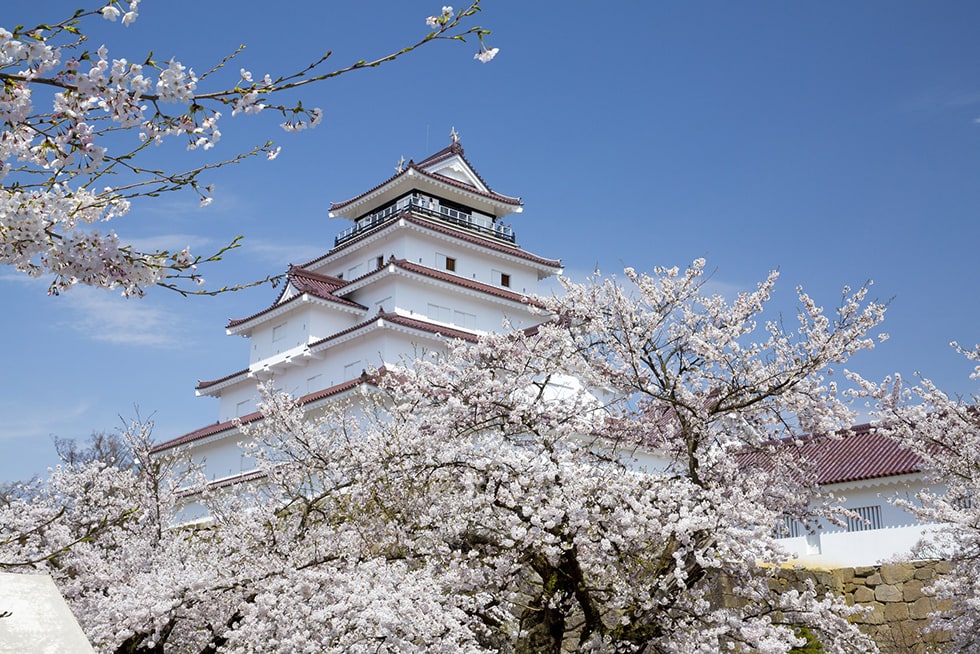
Tsuruga Castle in Aizu Wakamatsu City, Fukushima

Peaches From Fukushima
Following the Great East Japan Earthquake and the resulting accident at the Tokyo Electric Power Company’s Fukushima Daiichi Nuclear Power Station, large amount of radioactive substances were released into the environment, producing extremely large effects over a wide area. Over the past 10 years, with the cooperation of many groups and individuals, we have carried out decontamination projects and other environmental restoration projects on a scale never seen in the world before. In parallel with the recovery efforts, we have also carried out projects for the creation of new industries, including the introduction of renewable energy and other projects for eliminating carbon emissions, in cooperation with the Fukushima Innovation Coast Framework, the Fukushima prefectural government, and others. Fukushima Prefecture has declared “Fukushima 2050 Carbon Neutral", and is expanding the introduction of renewable energy with the goal of supplying producing an amount of renewable energy that is equivalent to 100% of energy demand in the prefecture.
Display the document


Decentralization of Aquaculture
Decentralized small scale CRAS
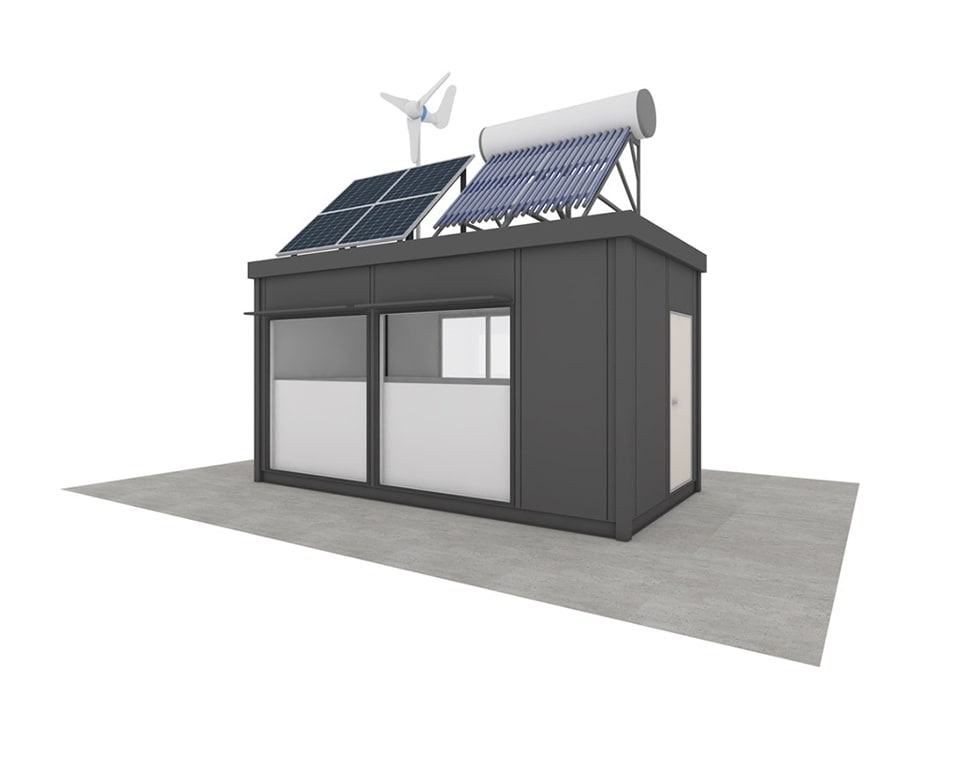
ARK Prototype 3
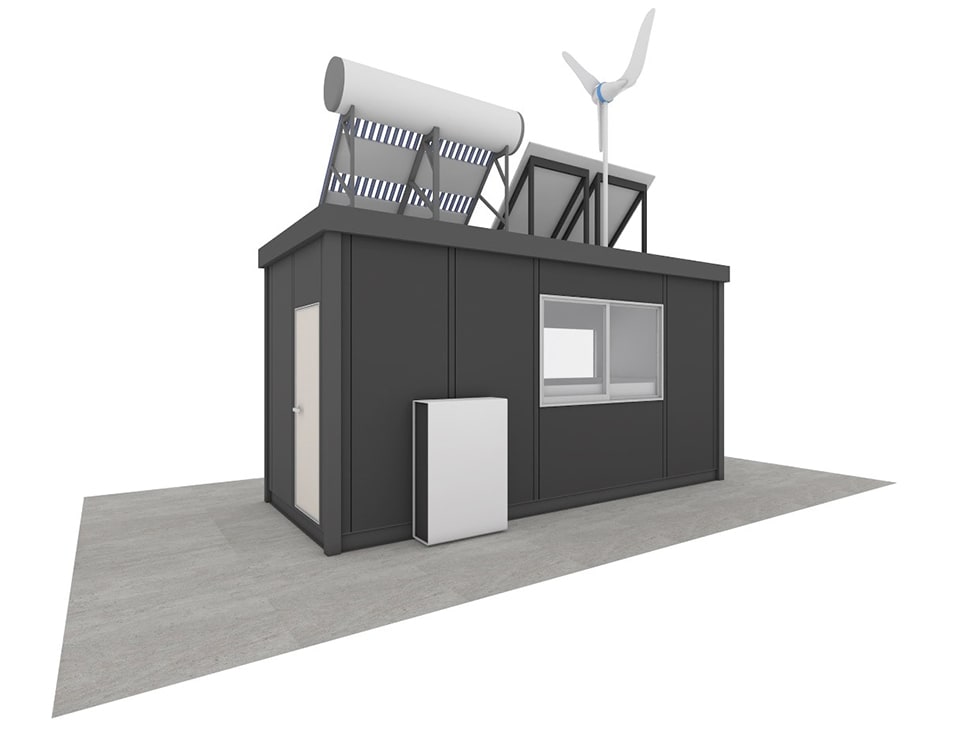
ARK Prototype 3
We design and produce CRAS (Closed Recirculating Aquaculture System) for land-based fish farming. Our mission is to enable people to start aquaculture in anywhere around the world with much smaller scale and investment that would lower the business risk of farmers substantially. The minimum space we require for our system ARK is only a parking spot for a sedan. It runs off grid and zero emission with reusable energy and heat generated by pannel and wind turbine on the roof of ARK. We also offer a subscription service including materials and essentials to grow shrimp or fish in the system and an application to monitor the whole system remotely 24-7. The first delivery of ARK will be started from Fall 2021.
Display the document


HEMIX™ bioplastics utilizing wastes from agriculture, forestry and fisheries
We reduce CO2 emissions by creating bioplastics from unused or discarded materials such as trees and marine products.

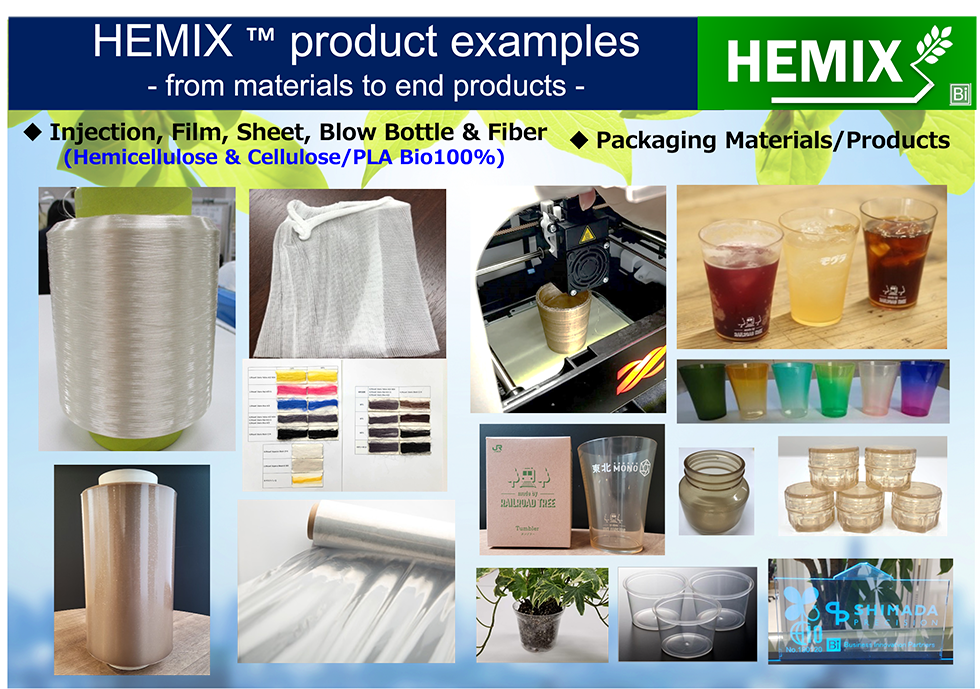
We are promoting the practical application of "HEMIX™, a biodegradable bioplastic developed using hemicellulose which is a component contained in trees and plants in general and has excellent biodegradability, liquidity and transparency, by making full use of our proprietary extraction, chemical synthesis, and mixing technologies.
Resin can be developed from cedar, hinoki cypress, barley, coffee grounds, tea leaves residuals, squirt, etc., in cooperation with various business entities in the agriculture, forestry and fishery industries that aim to utilize trees, plants, and marine products that have not been used, discarded or incinerated.
This is a technological development that contributes to the reduction of CO2 emissions toward the realization of a zero-carbon society by 2050.
Display the document


Creating “Sustainable Carbon Society” by CO2 Utilization and Carbon Recycling
We achieve a virtuous cycle of the environment and economy through promoting carbon recycling and creating innovation.

Business scheme and member list
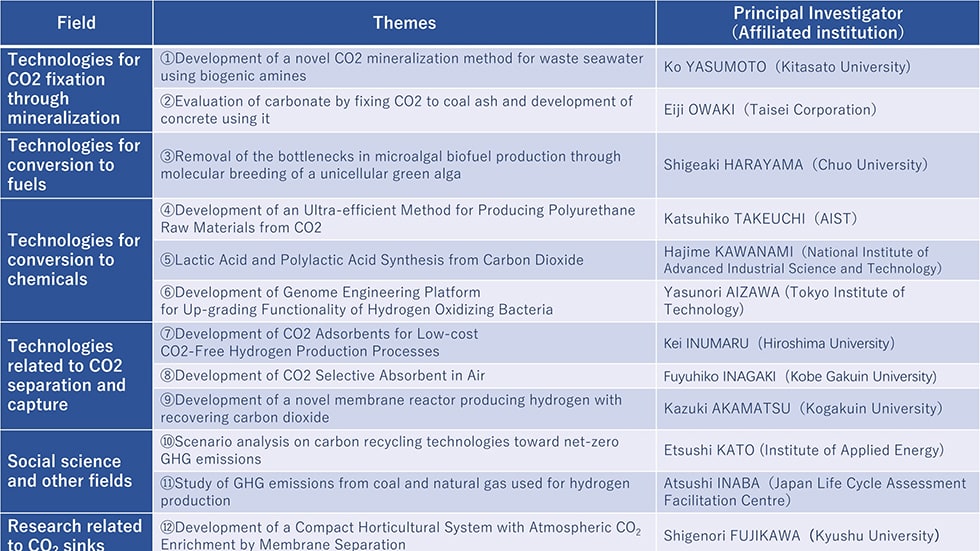
A list of studies adopted in 2021
Aiming simultaneously to solve problems with global warming and energy access, we support the activities of various companies and individuals working on implementation of carbon recycling with membership fees and donations from our members as the source.
We provide public relations, grants to researchers, support for members' business, and policy recommendations on carbon recycling.
Members are composed of a wide range of industries such as chemistry, energy, construction, finance, and trading companies. Taking advantage of the characteristics of cross-industry organizations, we strive to promote open innovation and contribute to regional revitalization and international cooperation.
The research grant activities support basic research with excellent originality and innovation in carbon recycling by uncovering ideas and researchers buried in companies, universities and other organizations, and also support applications for national projects and social implementation as the next step.
Display the document


The future of a decarbonized society. Opening up with floating offshore wind
Cost reduction, social acceptance and localization

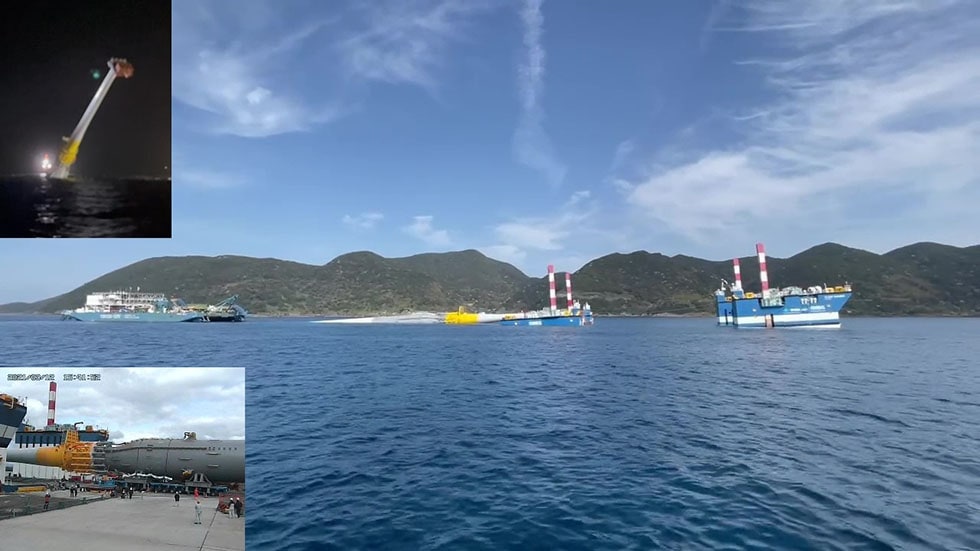
A 1:100 scale model of the floating wind turbine is displayed. The world’s first Hybrid Spar floater, which uses concrete on the lower part and steel on the upper part, was adopted. This enables both a reduction in construction cost and high stability in water. A 2MW demonstrative floating offshore wind turbine ‘Haenkaze’ was successfully installed in 2013. Commercial operation started in April 2016.
A demonstration project of the cost reduction and localization was started through the Goto Project, as parat of the first Japanese offshore auction won by Goto consortium led by TODA Corporation.
Social acceptance is key for decarbonization with floating wind. This effort, conducted by the Ministry of the Environment of Japan, is introduced in the video shown in Japan Pavilion.
Display the document


JAXA's effort on Climate Change monitoring by Satellites
JAXA is operating satellites and enhancing Earth observation research for contributing to tackling Climate Change.
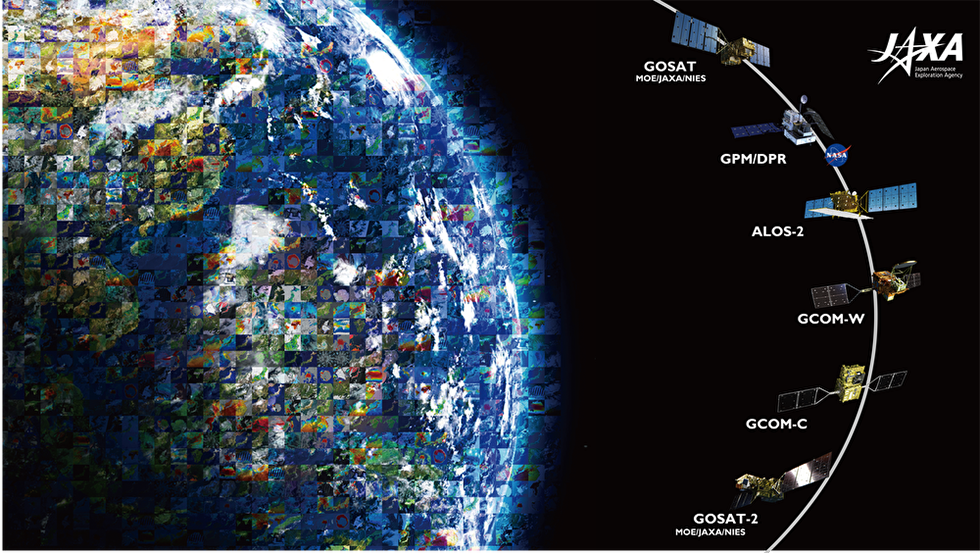
Figure1. Japanese Earth Observation satellites in Operation
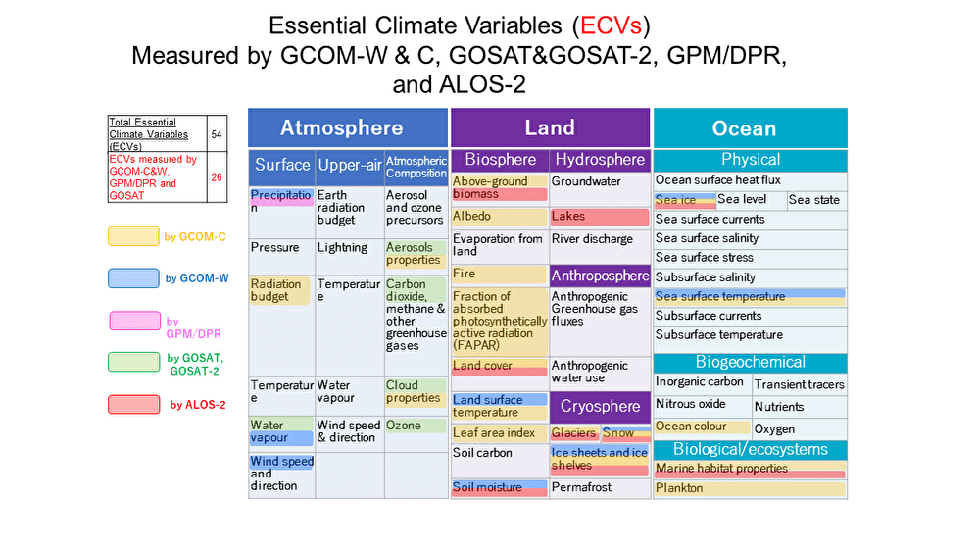
Figure 2: Contribution of JAXA’s Earth Observation Satellites to GCOS ECVs
JAXA, the Japanese core agency to develop satellites, is operating 6 satellites and developing various earth observation satellites that observe land, ocean and atmosphere for addressing the global challenges.
The data are publicized with free and open access to enhance people around the world to utilize those for various purposes. To understand the status of climate change, it is necessary to observe effective geophysical parameters globally with optimal spatial and timescales. Essential Climate Variables(ECVs) were specified internationally to identify and predict specific changes in the global environment caused by climate change. Currently, JAXA’s Earth observation satellites contribute to 26 ECVs, and the long-term satellite observation data is used in several reports including IPCC.


Strategy towards sustainable and zero-carbon society in developing countries
JICA's climate change strategy focuses on Implementation of the Paris Agreement & Actions for Development Co-Benefits.

Priorities under the Global Agenda (zero-carbon and climate resilient urban and infrastructure development, Climate policy and institutional development)
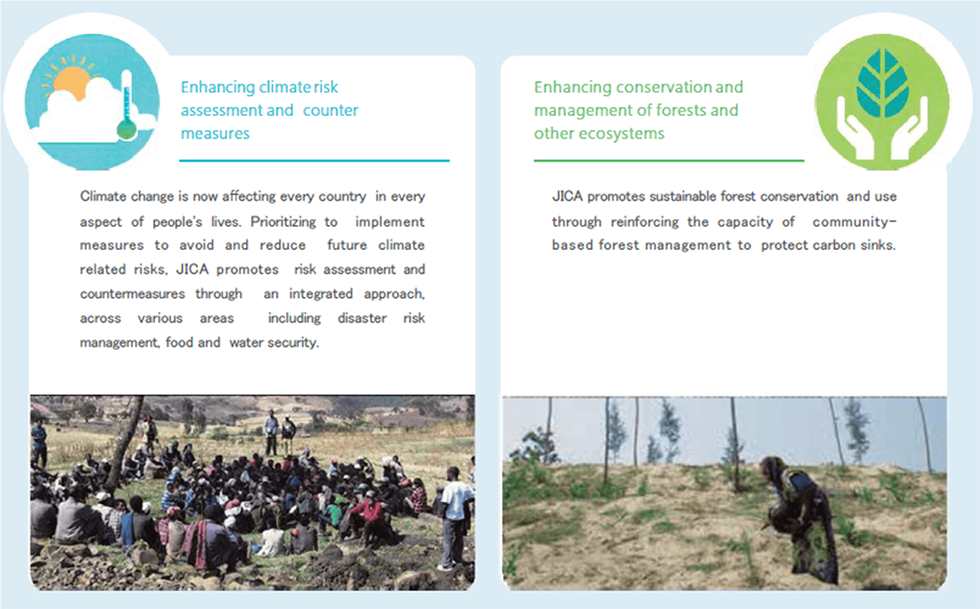
Priorities under the Global Agenda (Enhancing adaptation and risk financing based on climate risk assessment, Conservation and management of forests and other ecosystems)
JICA has over 100 offices in developing countries and provides Japan's ODA through technical cooperation, finance and investment, and grants. In June 2021, JICA developed “Global Agenda” as a strategy towards the zero-carbon and climate-resilient society with 2 pillars:
1.Enhance countries’ capacity for formulation and implementation of NDC, transparency framework and Long-term low emission development strategy for the Implementation of the Paris Agreement
2. Promote co-benefits of achieving the SDGs and taking climate actions such as:
- Zero-carbon and climate-resilient urban and infrastructure development
- Enhancing adaptation and risk financing based on climate risk assessment
- Conservation and management of forests and other ecosystems for GHG emission reduction and carbon sinks
Display the document


Hitachi is Becoming a Climate Change Innovator to Realize a Decarbonized Society
Hitachi is a Principal Partner of COP26 to show strong commitment to the realization of global efforts to decarbonize.
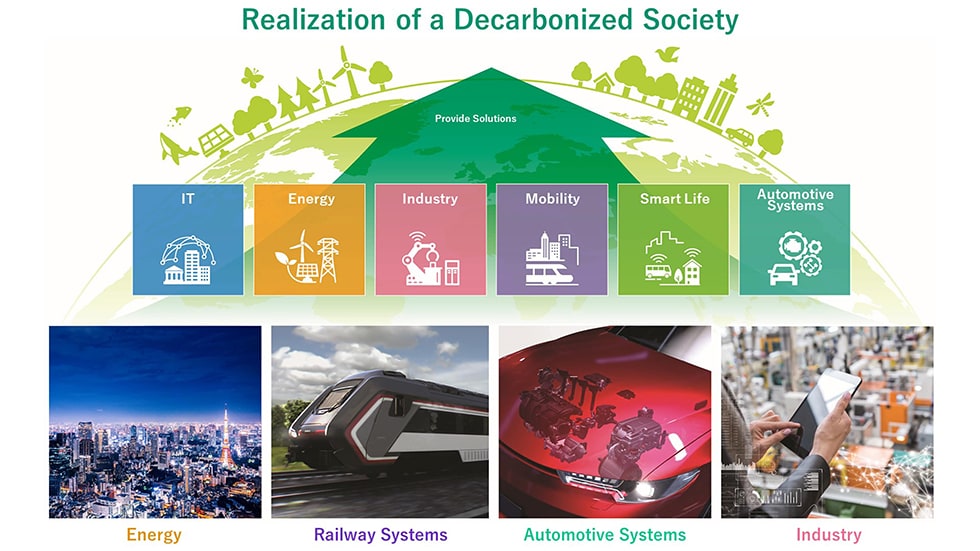
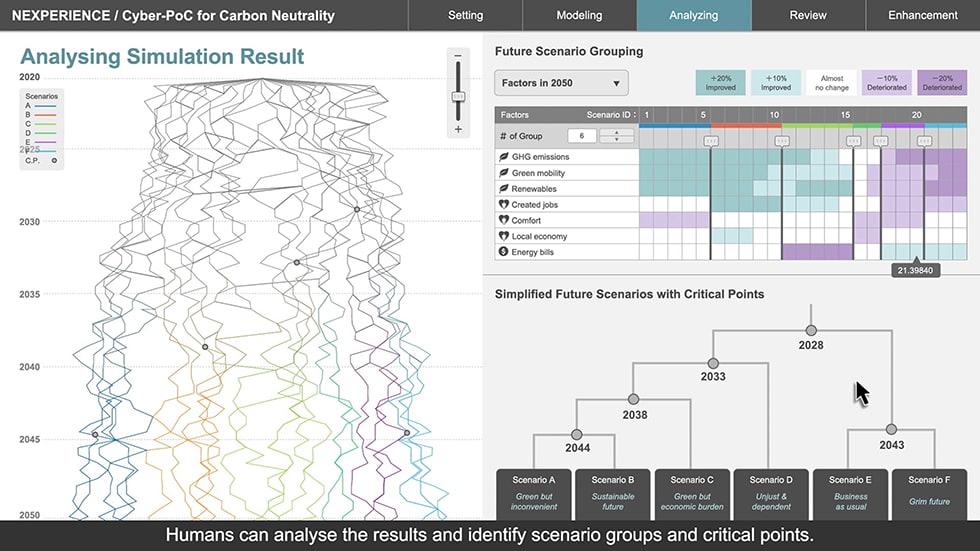
Future scenarios and critical points simulated by AI based on various parameters
Hitachi strives to improve people's quality of life and contributes to achieving a sustainable society through the Social Innovation Business that creates new value for society by offering a combination of the OT (operational technology), IT and products.
We are accelerating our efforts to achieve carbon neutrality within Hitachi by FY2030 and across the company's entire value chain by FY2050. Hitachi's green technologies and digital innovations help governments, cities and companies cut their greenhouse gas emissions, and contribute to solving challenges in the area of climate change.
In addition, we work on the development of AI simulator showing future scenarios and critical points to promote fruitful discussion on future policy roadmap among various stakeholders for carbon neutrality.
Display the document


Chemical recycling technology enabling a circular economy of plastic waste
JGC provides 3 chemical recycling technologies: Monomerization, Pyrolysis, and Gasification, accommodating the plastic waste impurities.
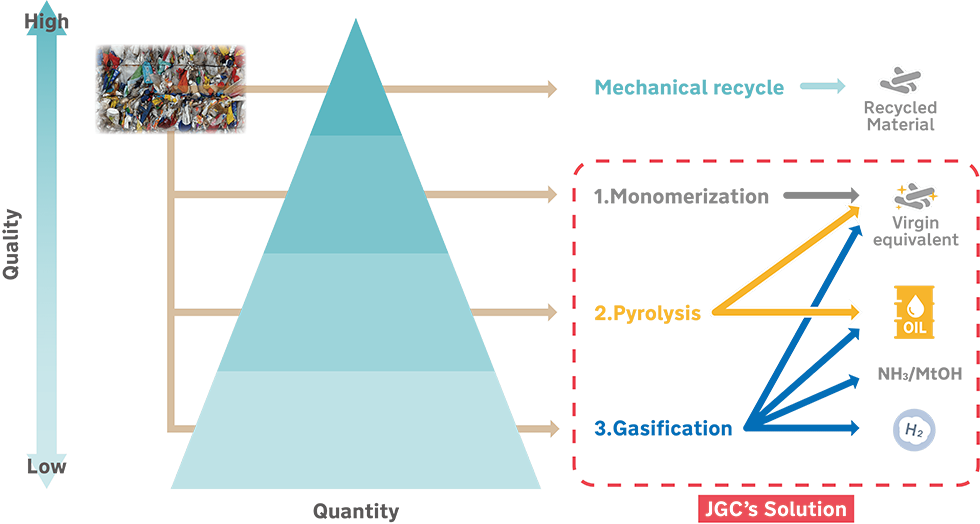
Technology line-up for plastic waste recycling

Total solution for plastic in a circular economy
Monomerization: The DMT method has an advantage in removing dyes and impurities in raw materials. It is an effective method to recycle clothing polyester and cascade recycled PET products that are not suitable for material recycling. The method has an operation track record on a commercial scale and solves the mass clothing waste issue.
Pyrolysis: A technology based on Japan's largest commercial pyrolysis equipment using a catalytic pyrolysis method. Pyrolysis oil is supplied to refineries and chemical plants to realize chemical recycling. It also enables the processing of PVC / PET mixed plastic.
Gasification: EUP gasifies plastic waste by partial oxidation to produce syngas that can be used to synthesize chemicals such as ammonia and olefins. It holds the world's only long-term commercial operation record for gasification chemical recycling applications.
Display the document


RuleWatcher - Global rule trends visualizing for Climate mitigation
Translating and visualizing information from govs and orgs using AI. A platform to bring knowledge to everyone.
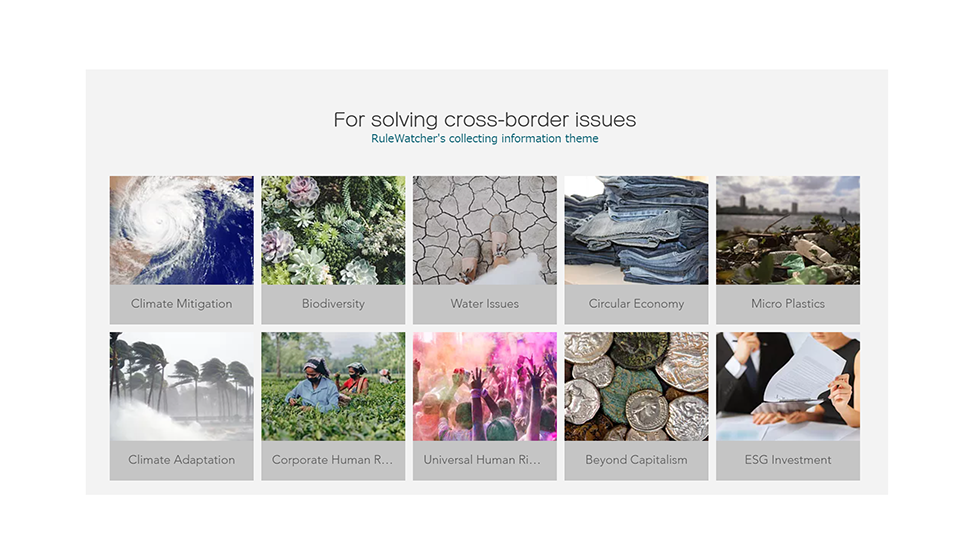
The rules monitored by RuleWatcher are groups of issues that cross national borders. We hope that you will make use of this information in your policy making, project planning, research and civic activities.
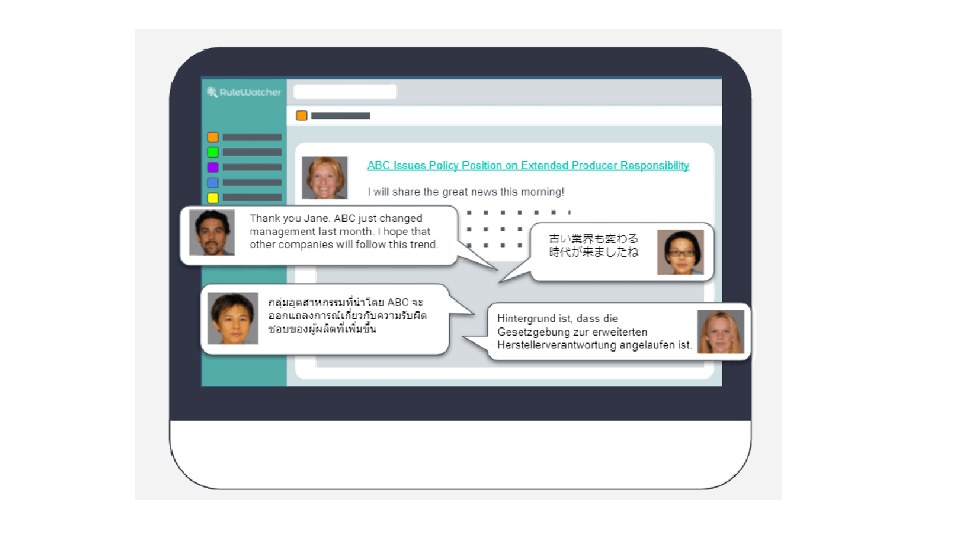
Bringing ideas from different countries to information on the same issue
RuleWatcher® automatically categorizes multilingual information (bills, minutes, press releases, policy recommendations, etc.) from all over the world. As it is Englished and visualised, we can easily grasp them from major parliaments, governments, UNs, research institutes, think tanks, international NGOs, initiatives, evaluation agencies, etc. RuleWatcher sorts them into themes such as "climate change mitigation" and "biodiversity protection" as well. It is a platform that brings together diverse knowledge from all over the world to provide accessible primary information to people around the world who want to solve global issues.
Display the document


Innovative Peatland Management by Ground Monitoring and Earth Observation with AI
Maximizing the natural capital of tropical peatlands through scientific knowledge & technologies to tackle climate changes
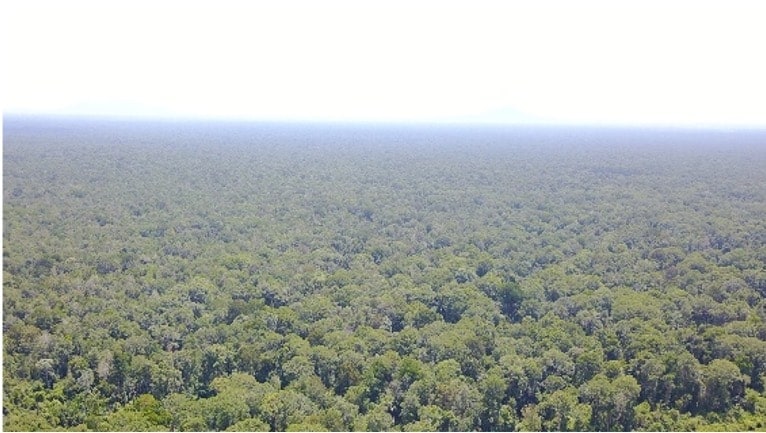
Protected tropical peatlands in Indonesia under Sumitomo Forestry management
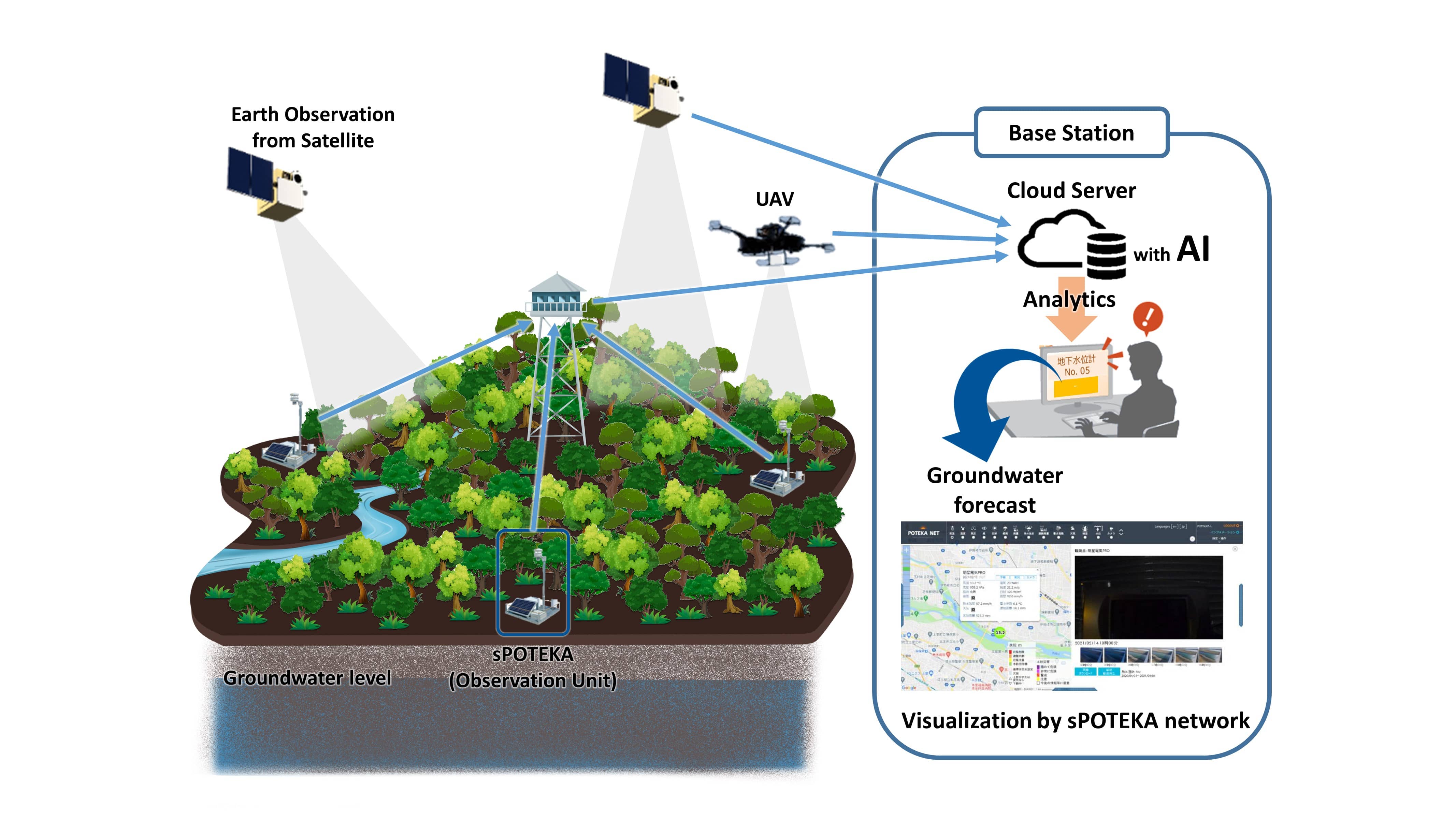
Monitoring concept by weather and earth observation technologies
Tropical peatlands store vast amount of carbon and sustain global water cycle and biodiversity. However, overexploitation/fires have released 2.2 to 3.7 billion t-CO2/yr. This is equivalent to 6 to 11% of global emissions. Sumitomo Forestry (SFC) has realized sustainable forestry in Indonesia based on scientific knowledge; developed a management model preventing peatland from drying out and collected data over 10 years. SFC and IHI have teamed up to bring this sustainable model to the world, which tackle global climate changes by monitoring on ground and earth observation with AI. Ministry of Economy, Trade and Industry (METI) supports our development through promoting utilization of satellite data, such as HISUI, ASTER, PALSAR. We are planning to launch constellation of satellites in equatorial orbit to improve these observation technologies.
Display the document


Carbon Negative Concrete "CO²-SUICOM"
"CO²-SUICOM" is a technology that absorbs and permanently stores carbon dioxide during the hardening process of concrete.
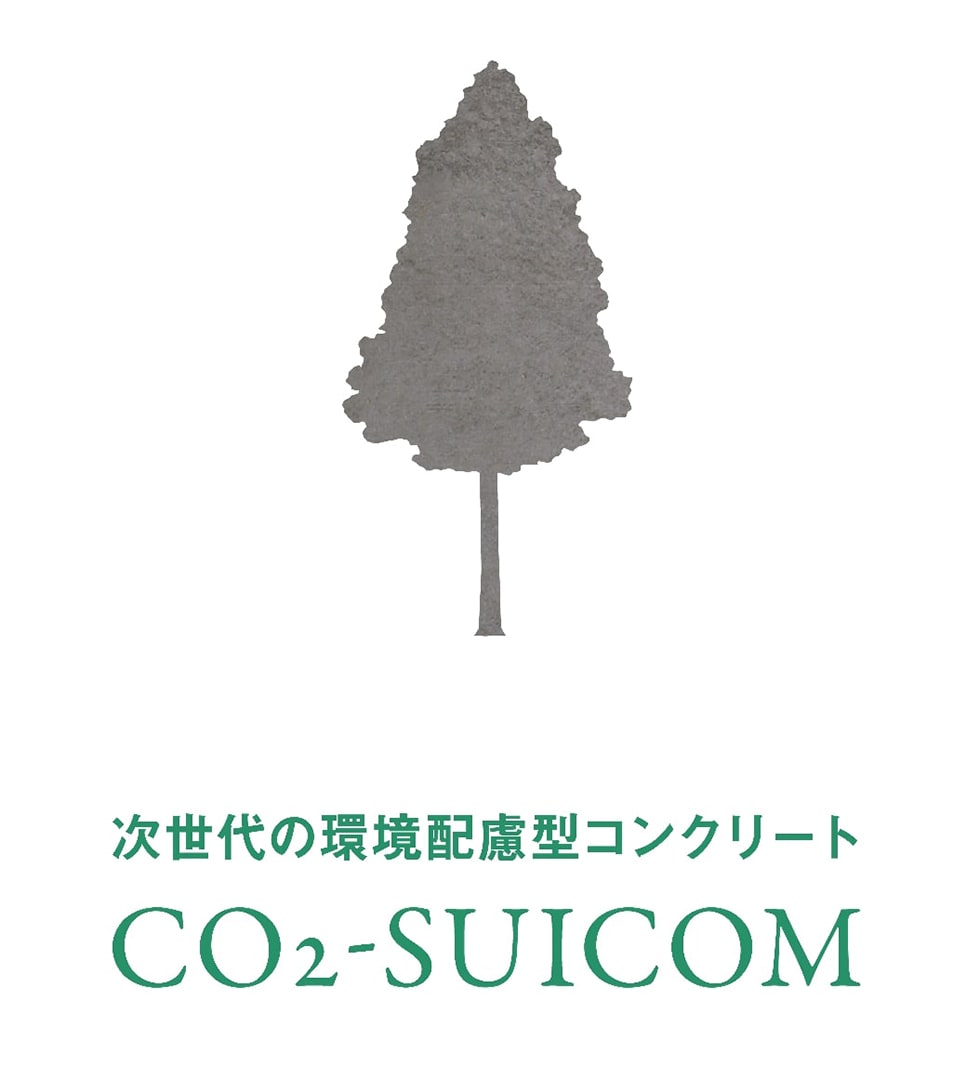
CO²-SUICOM is a technology that can contribute to the reduction of CO² emissions of more than about 300 kg/m³ during the production of concrete.CO²-SUICOM can (1) drastically reduce CO² emissions during cement production by replacing more than half of the cement with special admixtures made from industrial waste or other raw materials with zero CO² emissions (reduction: approx. 200 kg/m³), and (2) a large amount of CO² is absorbed and fixed in the concrete by curing the concrte in a highly concentrated CO² environment (absorption amount: approx. 100 kg/m³). According to various research organizations (McKinsey, etc.), concrete absorption and fixation technology for minerals, including CO²-SUICOM, is expected to contribute to the reduction of billions of tons of CO² by 2030, which has the potential to exceed Japan's national emissions.

CO²-SUICOM is the world's first commercialized carbon negative concrete technology.
In Japan, it is already used for construction of highways and paved roads, etc., and we are now promoting commercialization overseas. In order to decarbonize our society, The Chugoku Electric Power Company, Kajima Corporation, Denka Corporation and Landes Corporation has developed the technology, and Mitsubishi Corporation is in charge of commercialization overseas.
A CO²-SUICOM concrete block can reduce CO² emissions equivalent to what a cedar tree can absorb in a year. This is a break thorugh technology for concrete which is one of the most consumed materials in the world.With the power of CO²-SUICOM we aim to realize a sustainalble society by decarbonizing the global infrastructure.
Display the document



